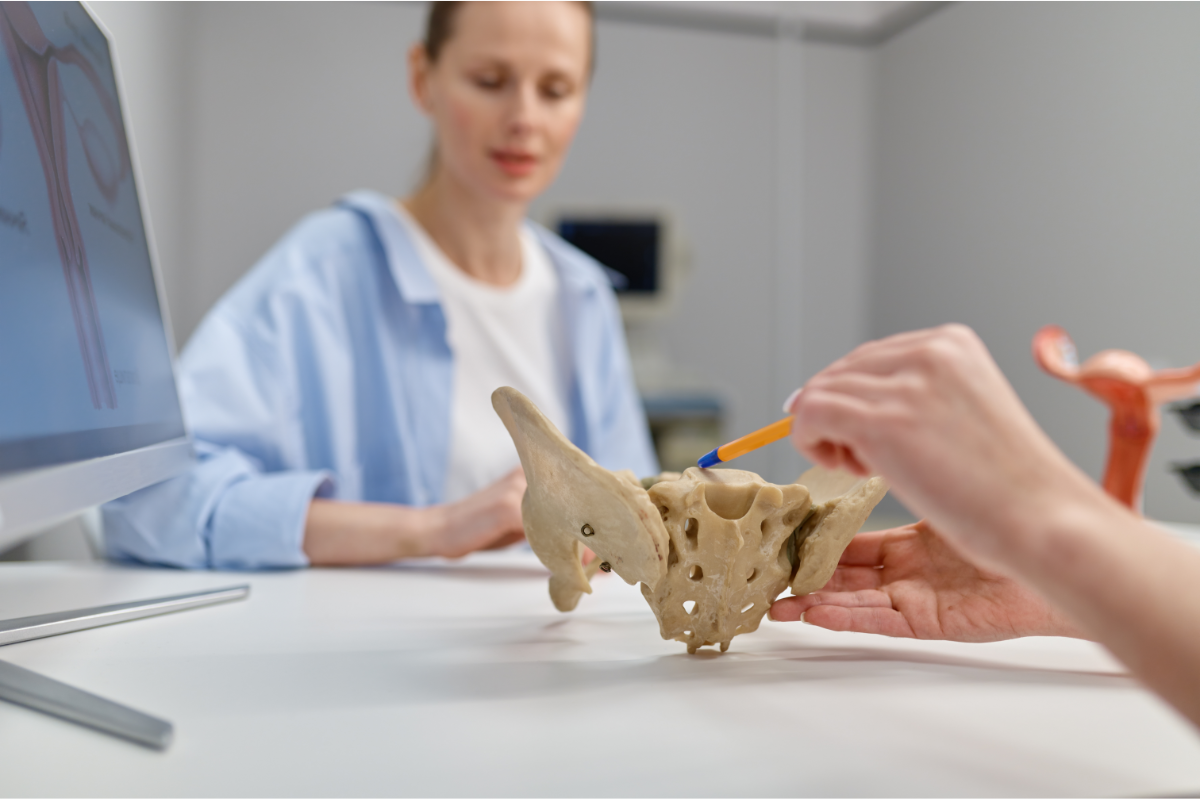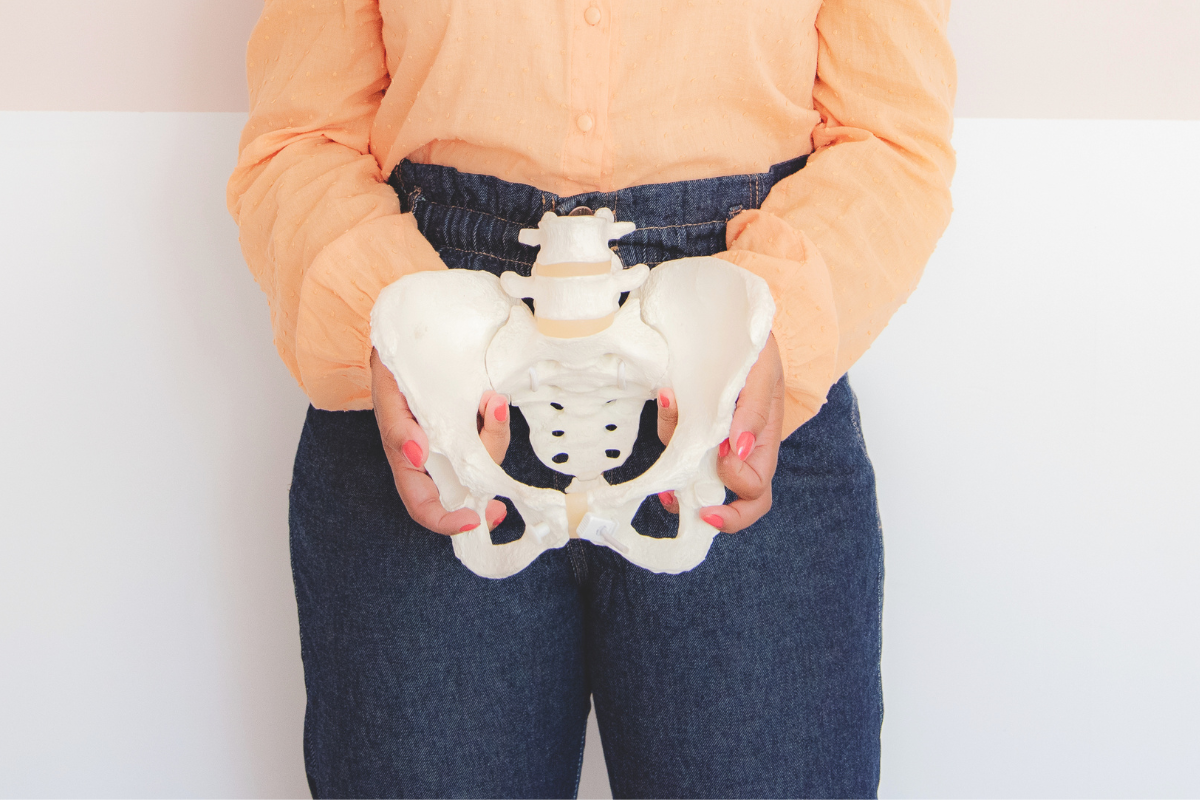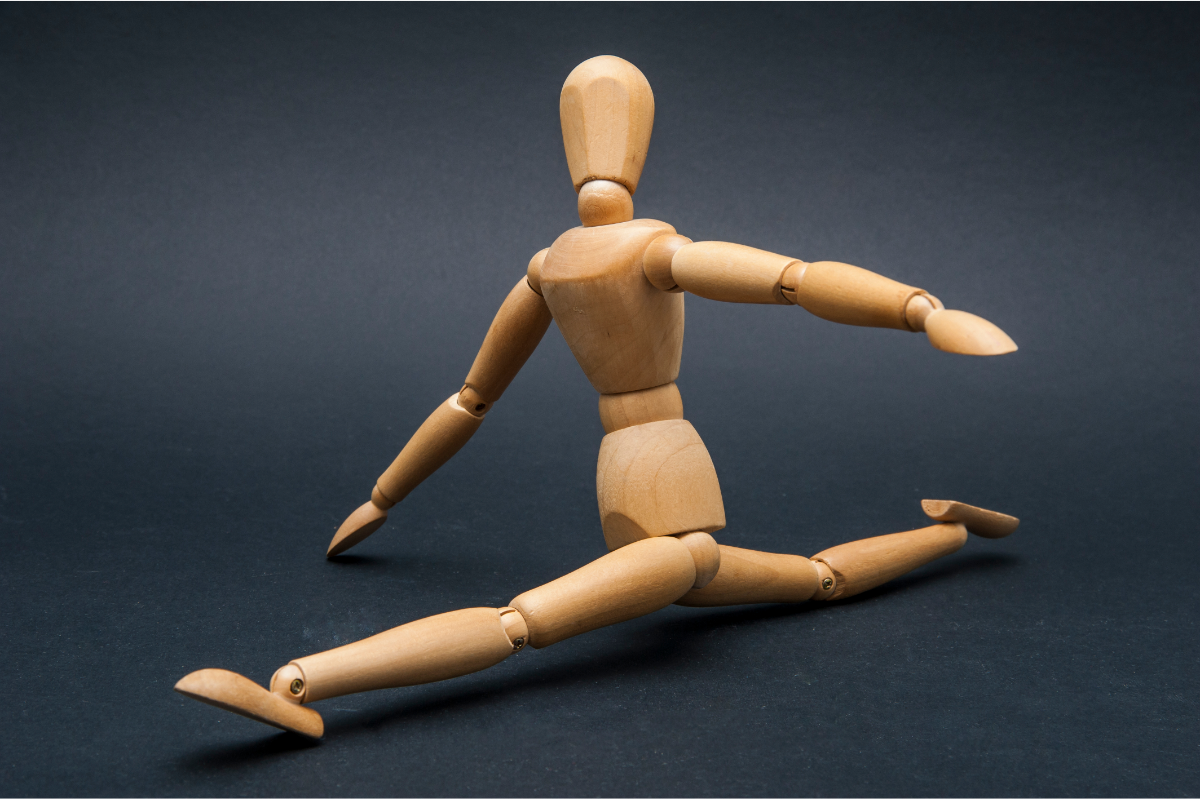What is the purpose of strengthening the pelvic floor in men?
The pelvic floor is a group of muscles and connective tissues located at the base of the pelvis. It plays a crucial role in supporting the organs within the pelvis, including the bladder, intestines, and, for men, the prostate. While often overlooked, the pelvic floor’s health is essential for both physical well-being and overall quality of life.
What is the Pelvic Floor?
The pelvic floor consists of various muscles, ligaments, and fascia that form a supportive hammock-like structure. These muscles are responsible for maintaining the position of pelvic organs and assisting in urinary and bowel control. The pelvic floor also contributes to sexual function, affecting both sensation and performance.
The Importance of Strengthening the Pelvic Floor in Men
Despite the critical role the pelvic floor plays, many men are unaware of its significance or how to maintain its health. Strengthening the pelvic floor can yield a multitude of benefits, from improved sexual function to enhanced control over urinary incontinence. For men, engaging in pelvic floor exercises can help counteract age-related changes, reduce the risk of certain health issues, and enhance athletic performance.
However, discussions around pelvic health have historically been shrouded in stigma, leaving many men hesitant to seek information or assistance. By promoting awareness and encouraging open conversations about the pelvic floor, we can empower men to take charge of their health. Understanding the importance of this often-neglected area can lead to healthier lives and improved well-being.
In this article, we will delve deeper into the benefits of pelvic floor strengthening for men, explore effective exercises, and highlight the importance of awareness in promoting better pelvic health.
Benefits of Strengthening the Pelvic Floor
Improvement of Sexual Health and Erectile Function
Strengthening the pelvic floor can have a significant positive impact on sexual health for men. Research indicates that pelvic floor exercises, particularly Kegel exercises, can enhance erectile function and lead to greater sexual satisfaction. By strengthening the pelvic muscles, men may experience improved blood circulation to the pelvic area, which is essential for achieving and maintaining erections. Additionally, these exercises can help combat premature ejaculation and enhance overall sexual performance, resulting in a more fulfilling intimate life.
Increased Urinary Control
Many men face challenges related to urinary incontinence or urgency, especially as they age. Strengthening the pelvic floor muscles can greatly improve bladder control, reducing instances of leakage or urgency. By regularly practicing pelvic floor exercises, men can learn to manage their urinary functions more effectively, which boosts confidence in social settings and enhances overall quality of life.
Prevention of Health Issues, such as Prostatitis
Pelvic floor dysfunction can contribute to various health problems, including prostatitis, an inflammation of the prostate gland. Strengthening these muscles can help alleviate pressure on the prostate and reduce the risk of associated health issues. A strong pelvic floor not only supports urinary health but can also promote better prostate function, essential for maintaining both sexual and urinary health.
Impact on Athletic Performance
For athletes, a strong pelvic floor is crucial for optimal performance. These muscles support core stability, balance, and overall athletic ability. Engaging in pelvic floor exercises can lead to better posture and reduce the risk of injuries during physical activities. Whether you’re a weekend warrior or a competitive athlete, incorporating pelvic floor training into your routine can yield significant benefits.
Exercises to Strengthen the Pelvic Floor
Kegel Exercises: How to Do Them Correctly
Kegel exercises are the most widely recommended method for strengthening the pelvic floor. To perform Kegels correctly:
- Identify the right muscles: Locate your pelvic floor muscles by attempting to stop urination midstream. The muscles you engage are the ones you want to target.
- Get into a comfortable position: Kegels can be performed lying down, sitting, or standing—choose the position that feels best for you.
- Contract and hold: Tighten your pelvic floor muscles and hold the contraction for 3 to 5 seconds.
- Release: Relax the muscles completely for the same amount of time.
- Repeat: Aim for 10 to 15 repetitions, three times a day.
Other Techniques and Strengthening Methods
In addition to Kegel exercises, other methods can be beneficial for pelvic floor strengthening. These may include:
- Resistance Training: Utilizing weights or resistance bands can help target the pelvic floor muscles alongside core exercises.
- Pilates and Yoga: These practices focus on core strength and stability, which can enhance pelvic floor function.
Frequency and Tips to Improve Results
Consistency is key to seeing noticeable improvements. Aim to perform pelvic floor exercises daily. Incorporate them into your routine—whether during downtime at work or while relaxing at home. Setting reminders on your phone or using visual cues can help you stay on track.
Conditions and Factors Affecting the Pelvic Floor
Age and Its Effect on the Pelvic Floor
As men age, pelvic floor muscles may weaken, leading to decreased function. Hormonal changes, particularly reduced testosterone levels, can also influence muscle strength and pelvic health. Recognizing the natural decline in pelvic floor strength is essential for men to take proactive steps to maintain their health through targeted exercises.
Lifestyle and Habits That Can Compromise Pelvic Floor Health
Certain lifestyle choices can negatively affect the pelvic floor, including:
- Obesity: Excess weight places added stress on the pelvic floor, leading to weakened muscles and potential incontinence.
- Smoking: Smoking can result in chronic coughing, which places additional stress on pelvic floor muscles over time.
- Poor Posture: Spending prolonged periods sitting or maintaining poor posture can contribute to pelvic floor dysfunction.
How to Identify Problems in the Pelvic Floor
Common Symptoms of Pelvic Floor Weakness
Recognizing the signs of pelvic floor dysfunction is vital for timely intervention. Common symptoms include:
- Difficulty starting or stopping urination
- Leakage during sneezing, coughing, or physical activity
- Pain during sexual intercourse
- A sensation of heaviness or pressure in the pelvic region
When to Consult a Healthcare Professional
If you experience any of these symptoms, consulting a healthcare professional is crucial. They can provide a thorough assessment and recommend appropriate treatment options, including physical therapy, lifestyle modifications, or other interventions.
The Importance of Awareness and Education
Breaking Taboos: Talking About Pelvic Health
Pelvic health is often considered a taboo subject, leading many men to suffer in silence. Open discussions about pelvic floor health can help normalize the conversation and encourage more men to seek help when needed. By sharing information and experiences, we can empower individuals to take charge of their health.
The Need for Men’s Health Education Programs
Implementing educational programs focused on men’s health, particularly pelvic health, is essential. These programs can provide valuable resources, promote awareness, and help dismantle the stigmas associated with discussing pelvic health issues. Educational initiatives can also highlight the importance of preventative measures, empowering men to prioritize their pelvic floor strength for long-term health benefits.
Recapping the Benefits of Strengthening the Pelvic Floor
In conclusion, the importance of strengthening the pelvic floor in men cannot be overstated. The benefits extend beyond enhanced sexual health and urinary control; they also include prevention of health issues such as prostatitis and improved athletic performance. A strong pelvic floor contributes to overall well-being, allowing men to lead more active and confident lives. By understanding the significance of pelvic health, men can take proactive steps to incorporate pelvic floor exercises into their routines, addressing potential concerns before they escalate.
Call to Action: Incorporating Exercises into Your Daily Routine
Now is the time to take action. Incorporating pelvic floor exercises into your daily routine is simple and can yield significant results. Start by setting aside a few minutes each day to practice Kegel exercises, or consider integrating other strengthening methods such as Pilates or resistance training. Remember, consistency is key—make these exercises a regular part of your life, much like brushing your teeth or going for a walk.
Additionally, don’t hesitate to talk openly about pelvic health with your healthcare provider. If you experience any symptoms of pelvic floor dysfunction, seek professional advice to receive the guidance and support you need. By prioritizing your pelvic health, you empower yourself to lead a healthier, happier, and more fulfilling life.
https://my.clevelandclinic.org/health/treatments/22211-kegel-exercises-for-men

I’m Hillary Swan, a certified fitness trainer specializing in women’s health and pelvic floor strength. I’m passionate about empowering others to improve their core wellness through targeted exercises. Let’s strengthen our bodies together for a healthier, more confident life.











